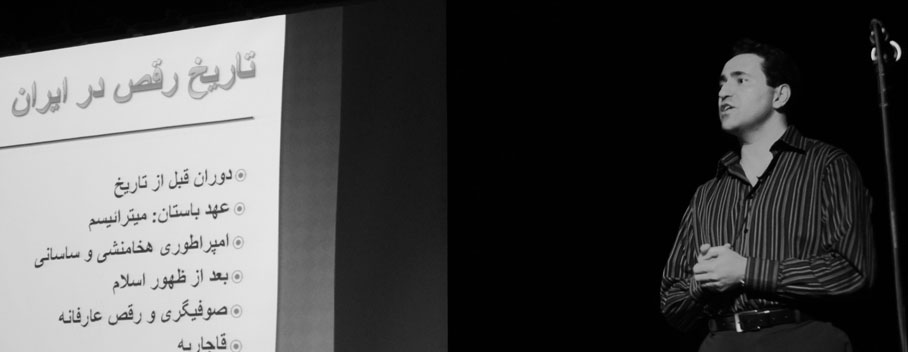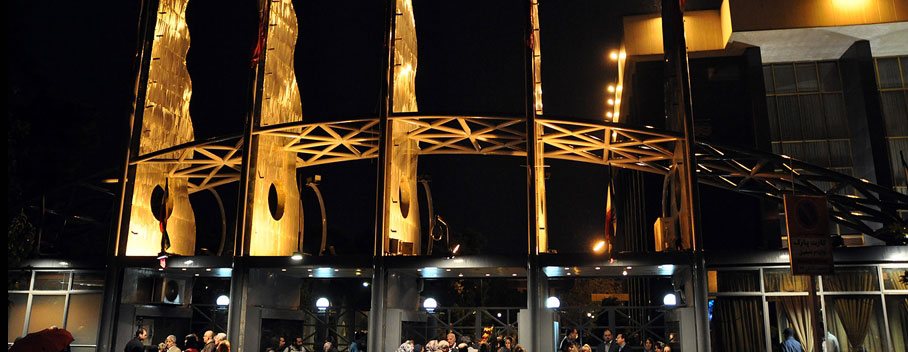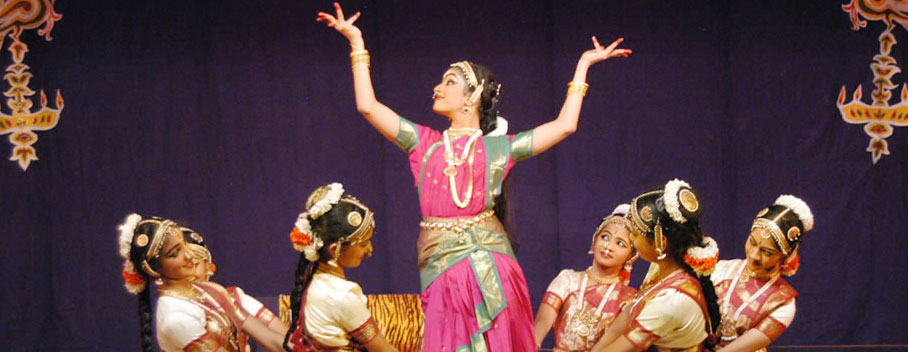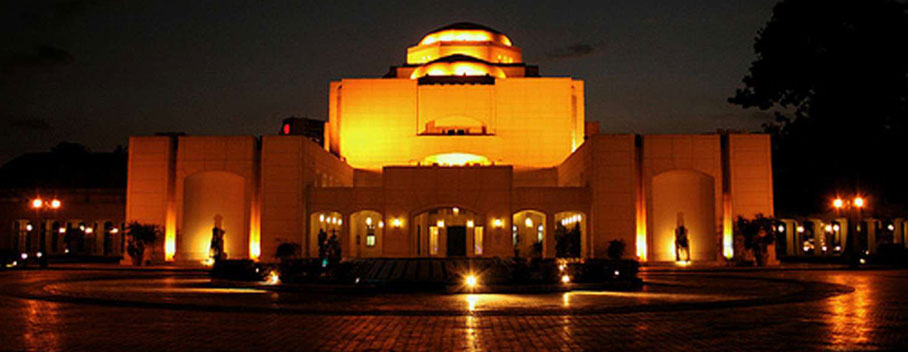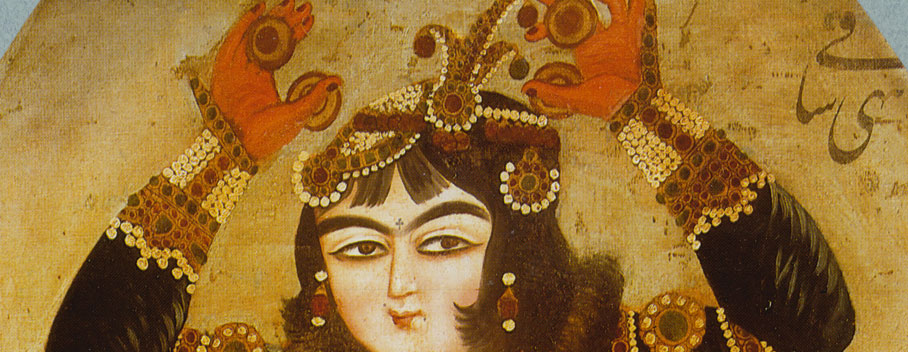- Nima Kiann
introduction
Persian dance history is characterized by many fascinating and also tragic incidents. It seems to be completely unknown to the outside world, partly because of the present political situation of the country that has toned down the interest for a profound research effort. The other reason is the current archaeological discoveries and excavations in Iran, during the past thirty years. They have made it possible to have access to material and evidence for the origin of Persian dance, ever since the appearance of the cult of Mithra about two thousand years before our calendar.
By virtue of these bases, Iran can be considered as one of the ancient world’s empires, which methodically and actively was devoted to the development of the art of dance. For this ancient nation, dancing has been an important social phenomenon and a religious ritual.
It is the irony of history that ever since the revolution in 1979, this art form has been prohibited in the same country that once upon a time performed a central role for its expansion and advancement.
The several thousand years of Iranian history is characterized by great events that influenced important parts of the world and its civilization. It ranges over eras of grandeur but also over painful and absurd periods of defeat and destruction.
This article is a prelude to an exhaustive research work about the history of Persian dance and is intended to expose this national art form. The forgotten history of Persian dance is the story of a world heritage, which has to be given a new birth.
In this summary article I have chosen to spotlight seven different eras, from the prehistoric cult of Mithra until the present, which have included decisive events and episodes for developments, but also destructions of this art form. The rise of the new millennium undoubtedly implies a new productive period for Persian dance, as the Iranian society and the new generation of Iran move toward an era of enlightenment.
Copyright © 2000 Nima Kiann
All Rights Reserved.
This material is the intellectual property of the author.
No part of this publication may be reproduced, stored in a retrieval system, or transmitted, in any form or by any means, without the prior permission in writing of the author.

![]()
Visit Nima Kiann’s Forum of Persian And Middle Eastern Dance to find more articles.
![]()


